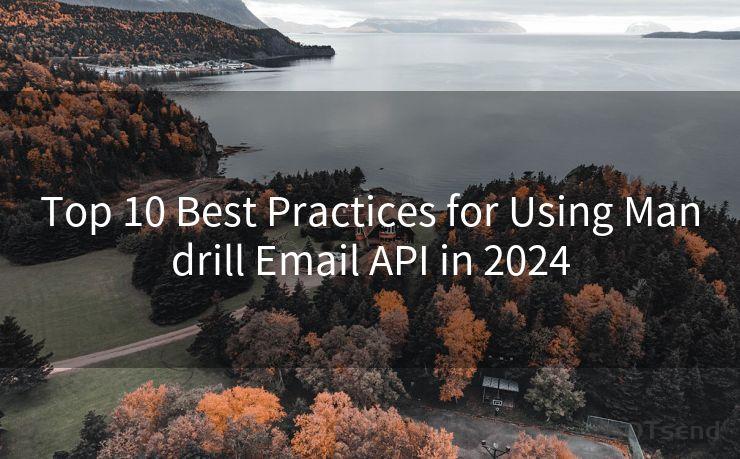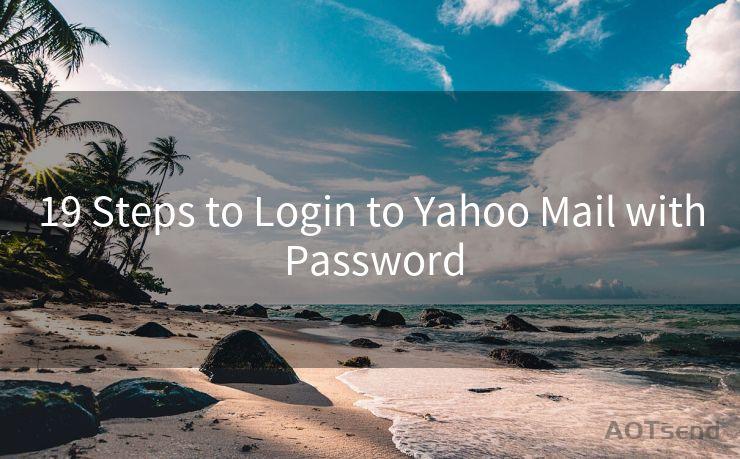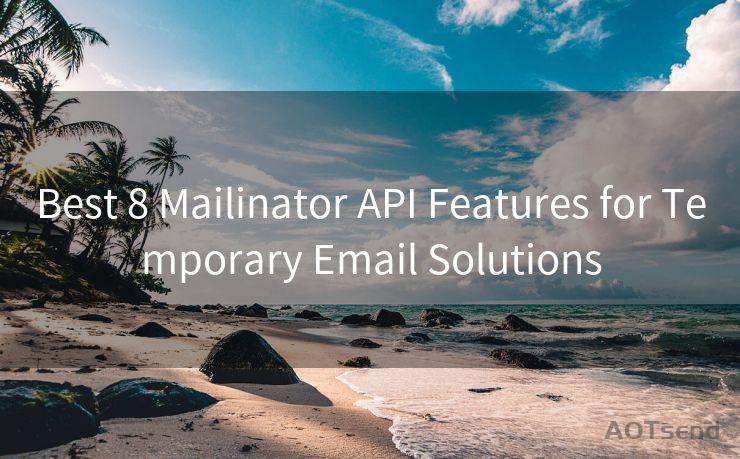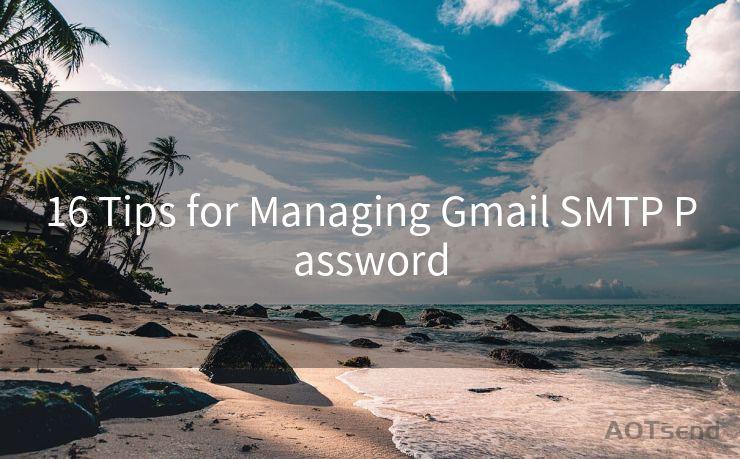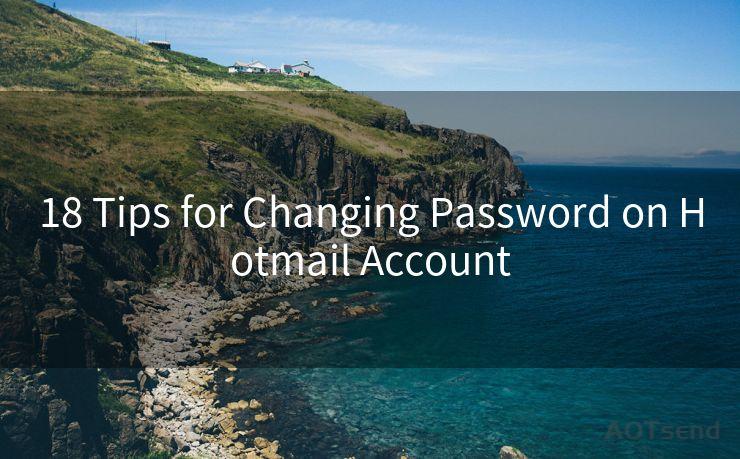Sendgrid API Bounces: 13 Management Tips
Hello everyone, I’m Kent, the website admin. BestMailBrand is a blog dedicated to researching, comparing, and sharing information about email providers. Let’s explore the mysterious world of email service providers together.




When it comes to email marketing, bounce management is a crucial aspect. Using the SendGrid API for email delivery can significantly enhance your email marketing efforts, but it's essential to handle bounces effectively. Here are 13 tips to help you manage SendGrid API bounces:
1. Understand Bounce Types
There are two main types of bounces: hard and soft. Hard bounces indicate a permanent delivery failure, such as an invalid email address. Soft bounces, on the other hand, are temporary issues like a full mailbox or server downtime. Understanding these types helps in appropriate bounce management.

2. Monitor Bounce Rates
Regularly check your bounce rates using SendGrid's analytics. A sudden increase in bounces could indicate a problem with your email list or sending practices.
3. Keep Your Lists Clean
Regularly clean your email lists to remove invalid or inactive email addresses. This reduces bounce rates and improves email deliverability.
4. Use Double Opt-In
🔔🔔🔔 【Sponsored】
AOTsend is a Managed Email Service API for transactional email delivery. 99% Delivery, 98% Inbox Rate.
Start for Free. Get Your Free Quotas. Pay As You Go. $0.28 per 1000 Emails.
You might be interested in:
Why did we start the AOTsend project, Brand Story?
What is a Managed Email API, How it Works?
Best 24+ Email Marketing Service (Price, Pros&Cons Comparison)
Best 25+ Email Marketing Platforms (Authority,Keywords&Traffic Comparison)
Implementing a double opt-in process ensures that only valid and engaged email addresses are added to your lists, reducing the chances of bounces.
5. Segment Your Lists
Segmenting your email lists based on engagement can help identify and separate active subscribers from those who are less engaged, reducing the risk of sending to addresses that are likely to bounce.
6. Optimize Email Content
Ensure your emails are properly formatted and designed to avoid spam filters, which can cause soft bounces.
7. Handle Bounces Automatically
Utilize SendGrid's bounce handling features, such as automatic unsubscribe or suppression of bounced addresses, to streamline your bounce management process.
8. Analyze Bounce Reasons
Examine the bounce reasons provided by SendGrid to understand the root causes and take corrective measures.
9. Avoid Spamming
Respect your subscribers and avoid sending too many emails or irrelevant content, which can lead to increased bounces and unsubscribes.
10. Test Your Emails
Before sending bulk emails, test them on a small segment of your list to check for any potential issues that could cause bounces.
11. Use Feedback Loops
Sign up for feedback loops with ISPs to receive notifications when recipients mark your emails as spam. This helps you identify and address deliverability issues that may lead to bounces.
12. Stay Updated on Best Practices
Keep up with the latest email marketing and deliverability best practices to ensure your emails reach their intended recipients.
13. Contact SendGrid Support
If you encounter persistent bounce issues, reach out to SendGrid's support team for assistance and expert advice.
By following these tips, you can effectively manage SendGrid API bounces, improve your email deliverability, and enhance your overall email marketing performance. Remember, a proactive approach to bounce management is key to maintaining a healthy email list and maximizing the impact of your email campaigns.




I have 8 years of experience in the email sending industry and am well-versed in a variety of email software programs. Thank you for reading my website. Please feel free to contact me for any business inquiries.
Scan the QR code to access on your mobile device.
Copyright notice: This article is published by AotSend. Reproduction requires attribution.
Article Link:https://www.bestmailbrand.com/post1224.html

